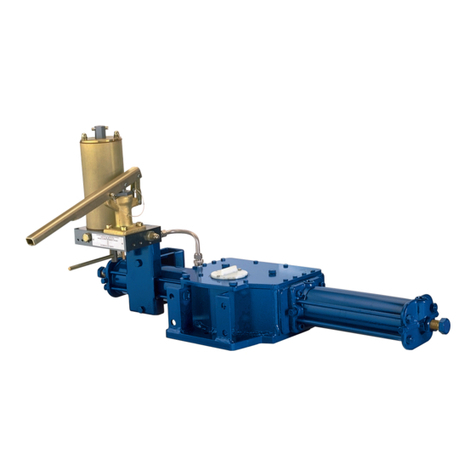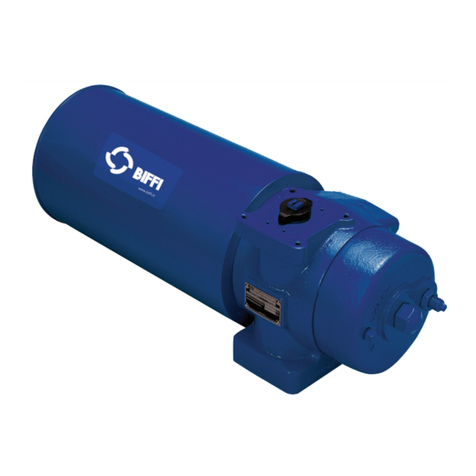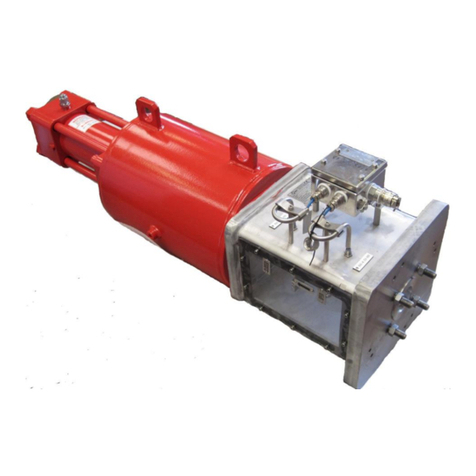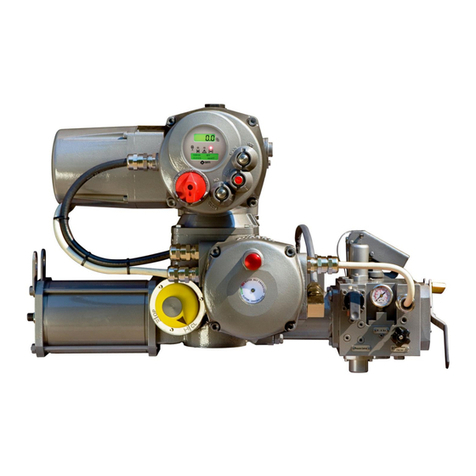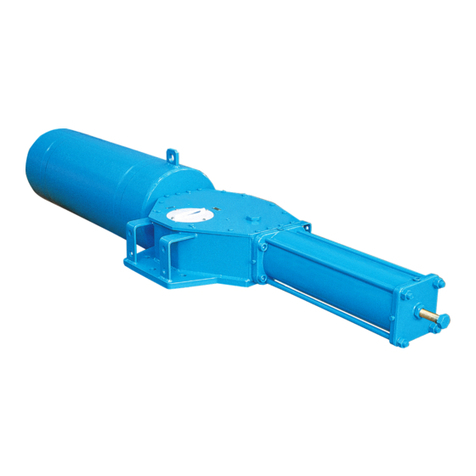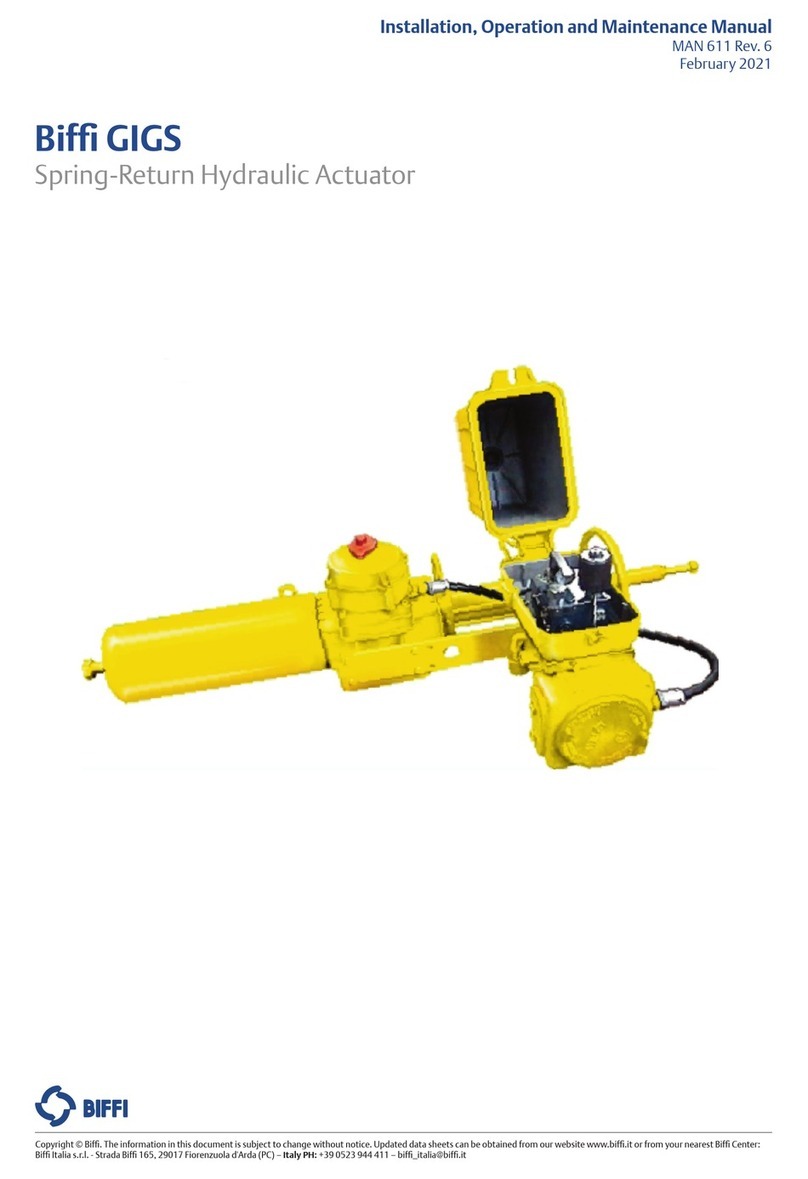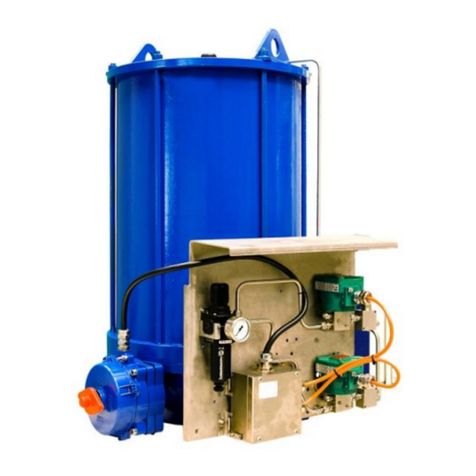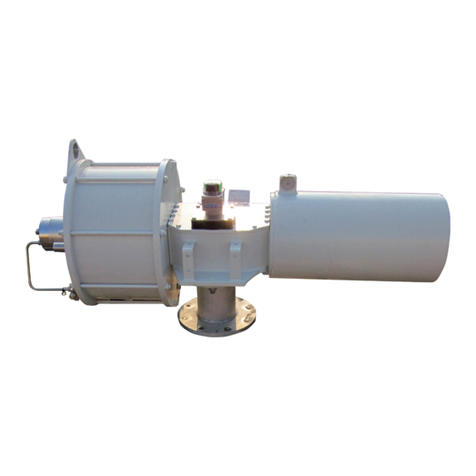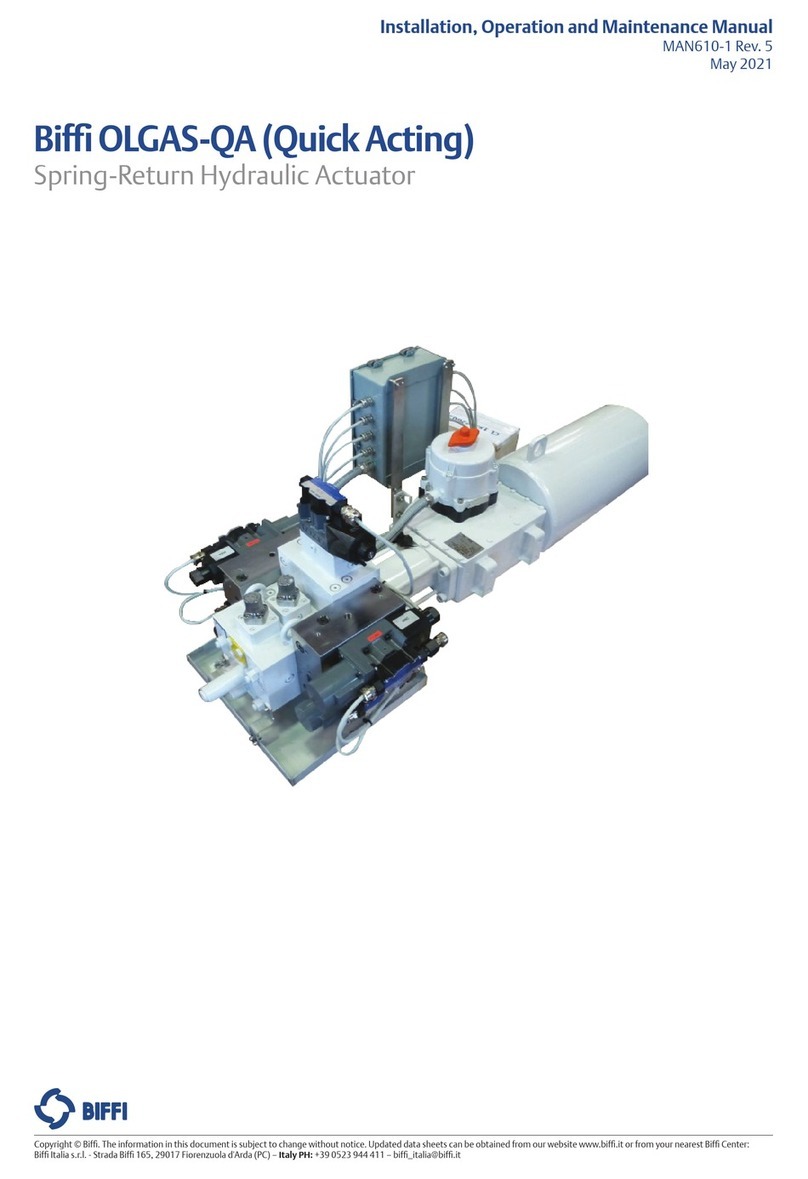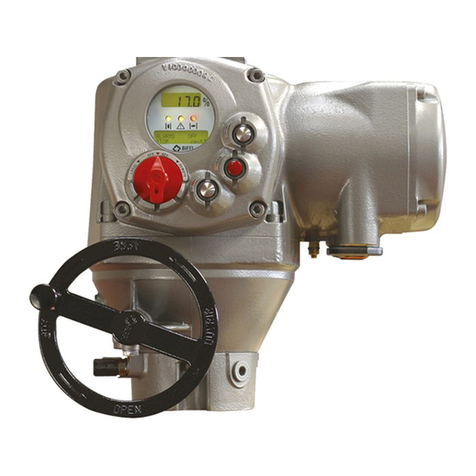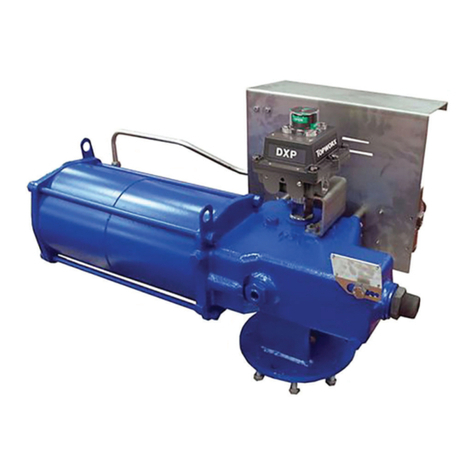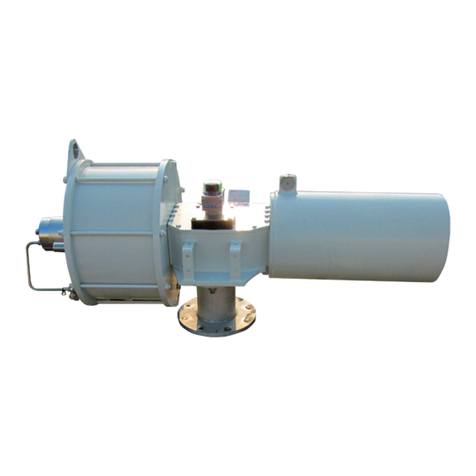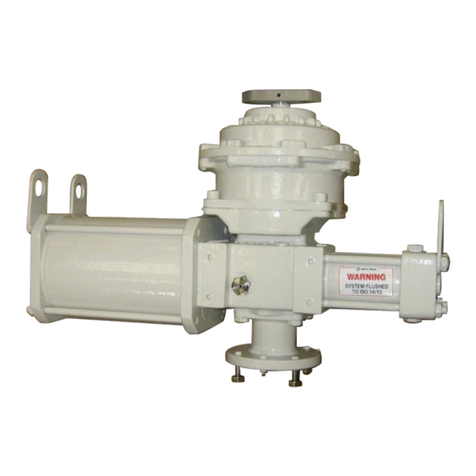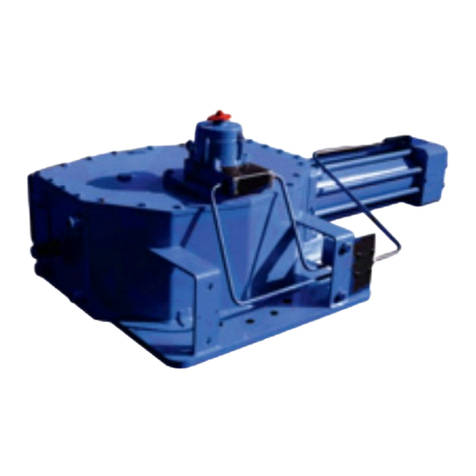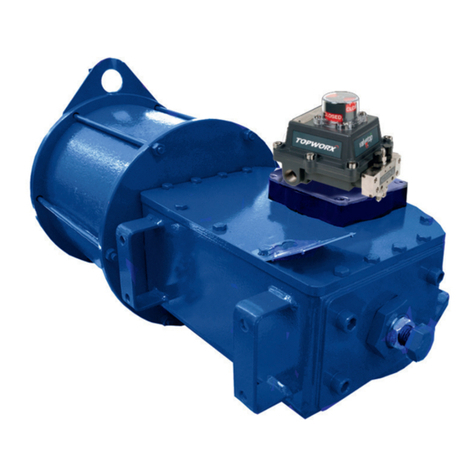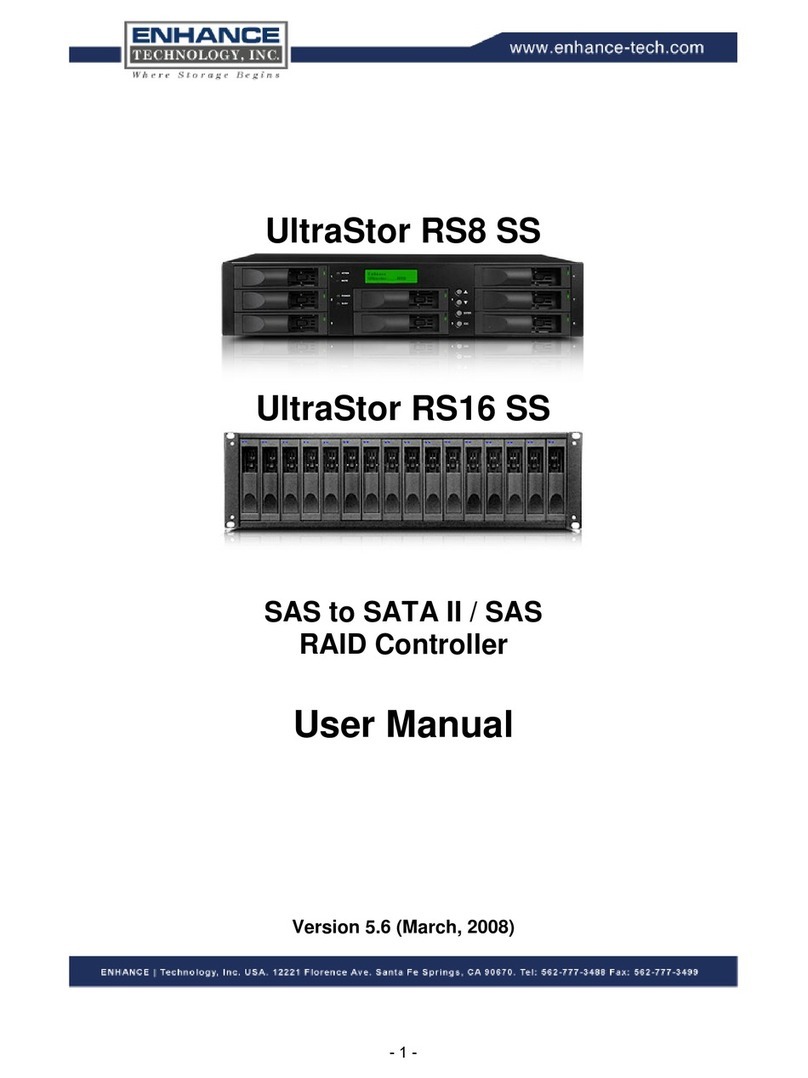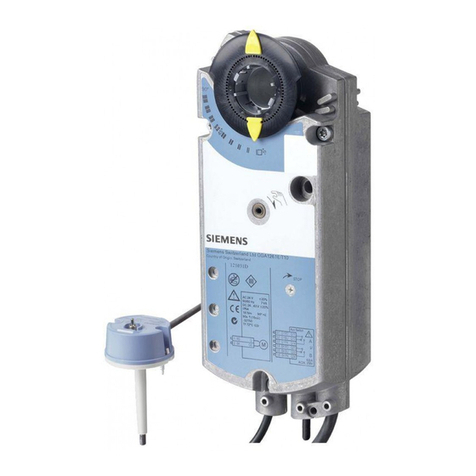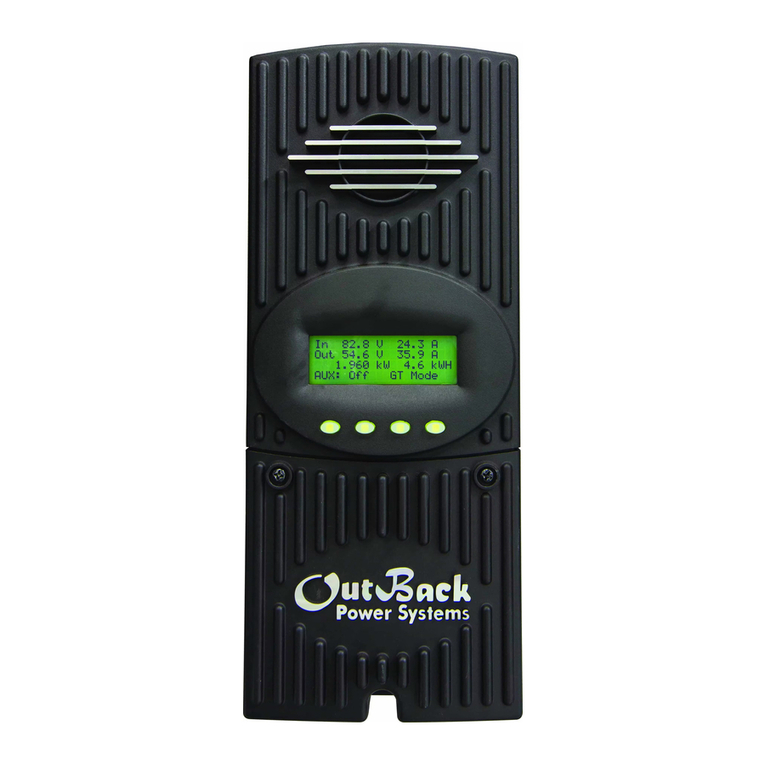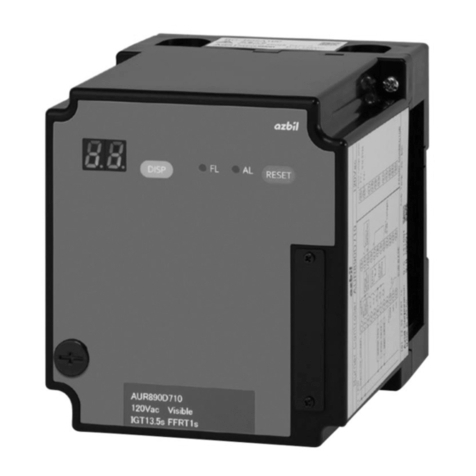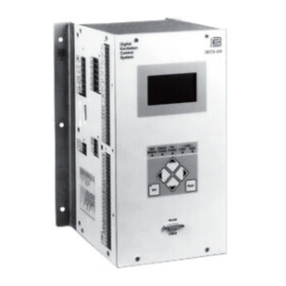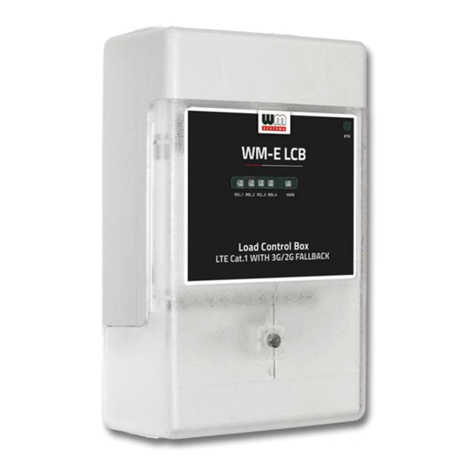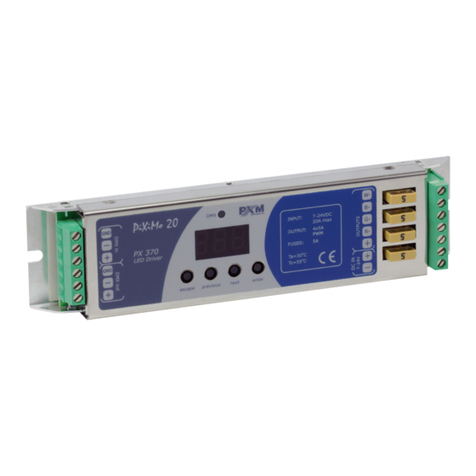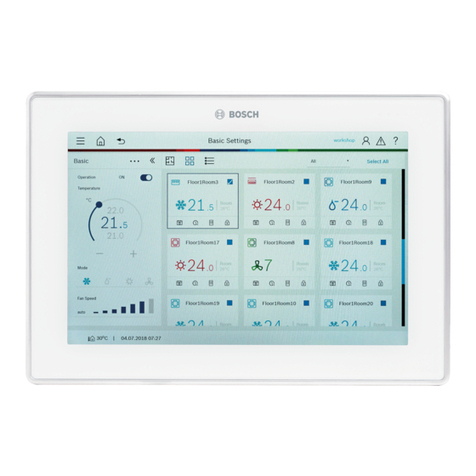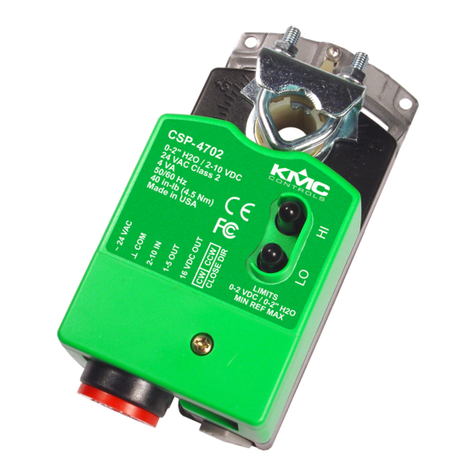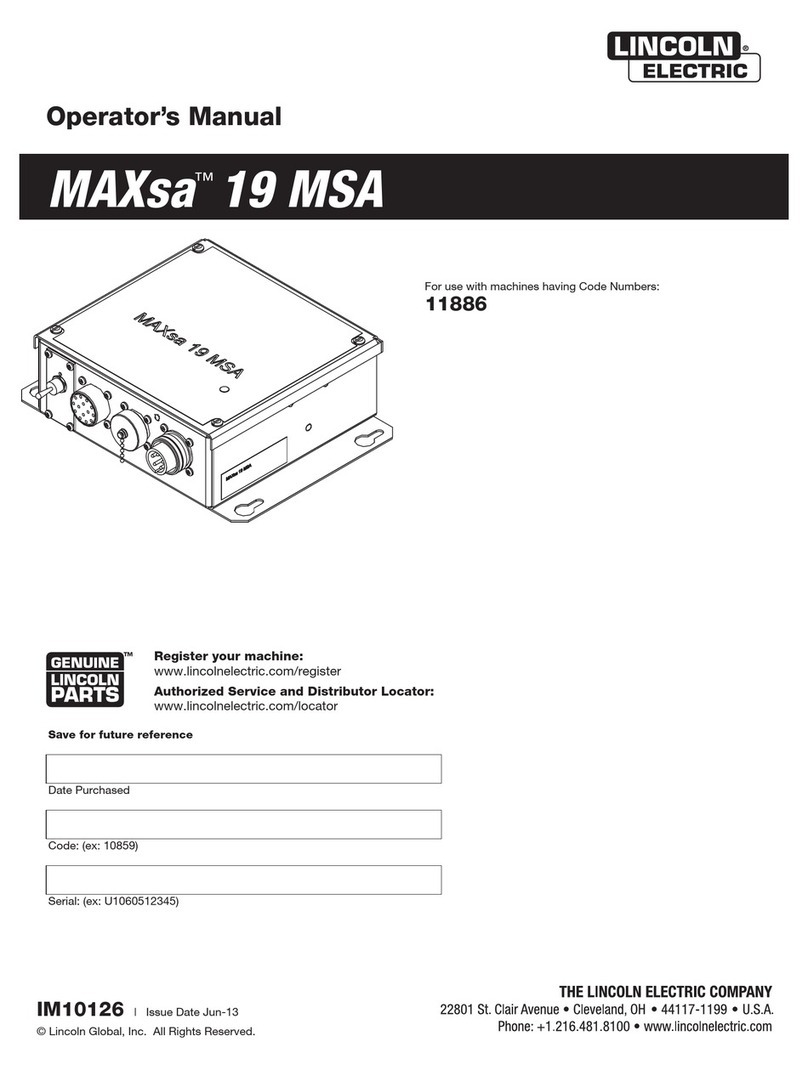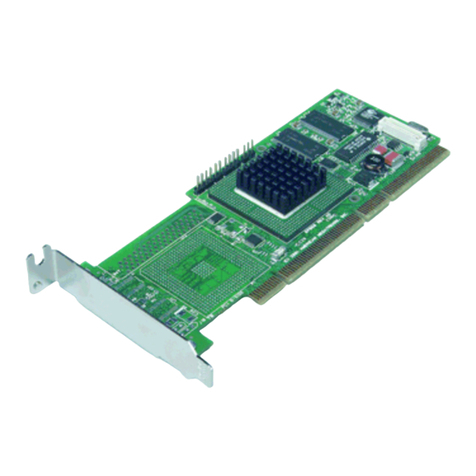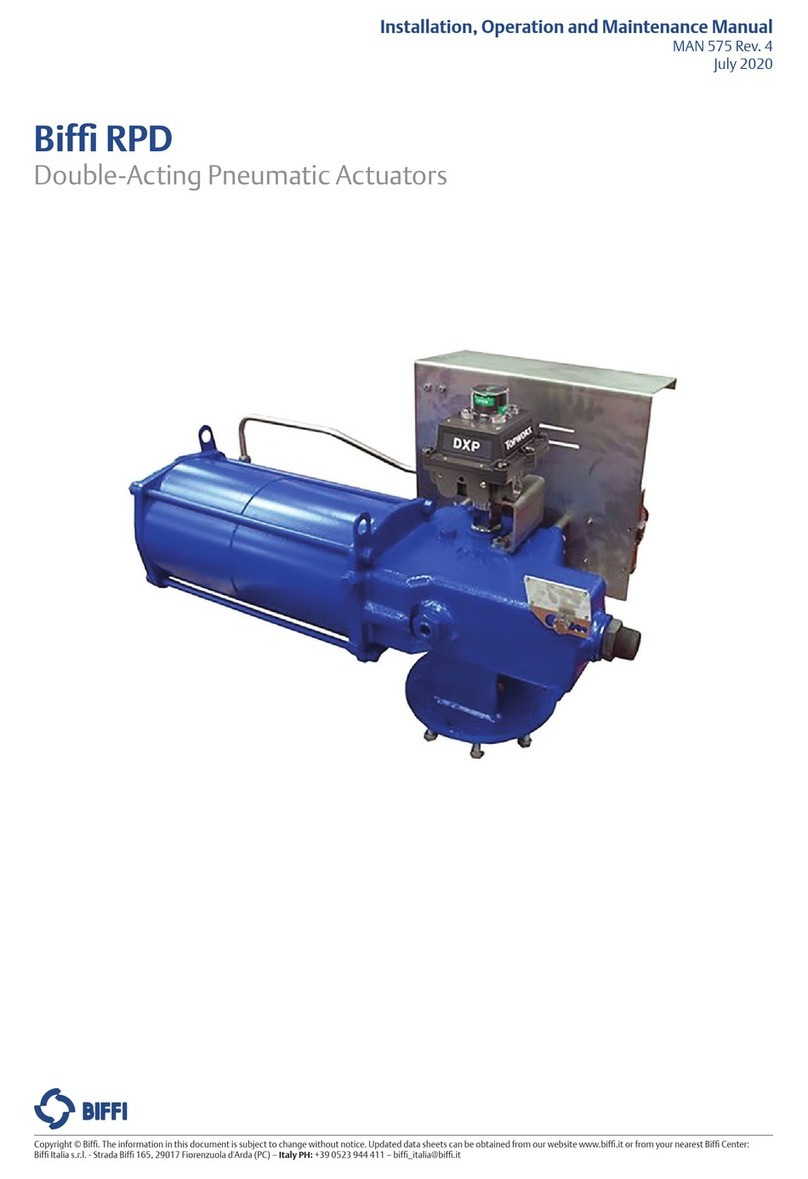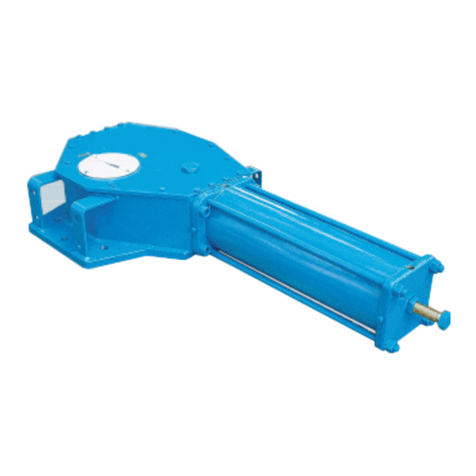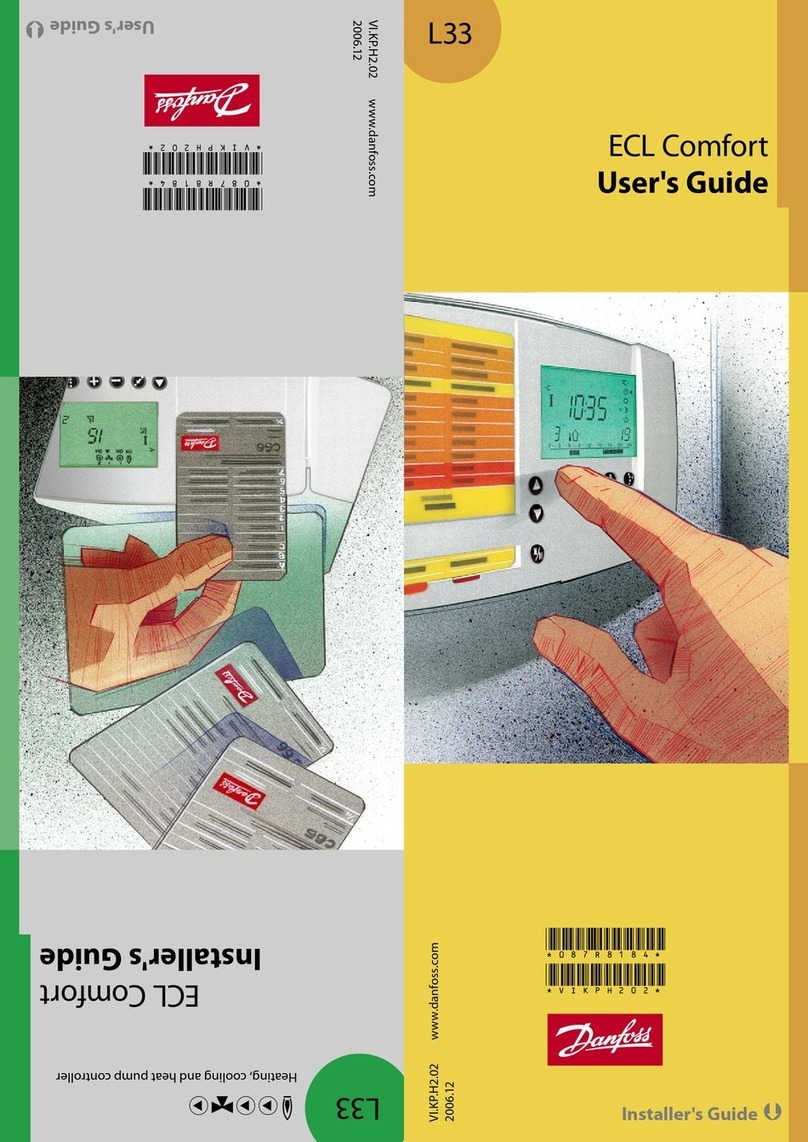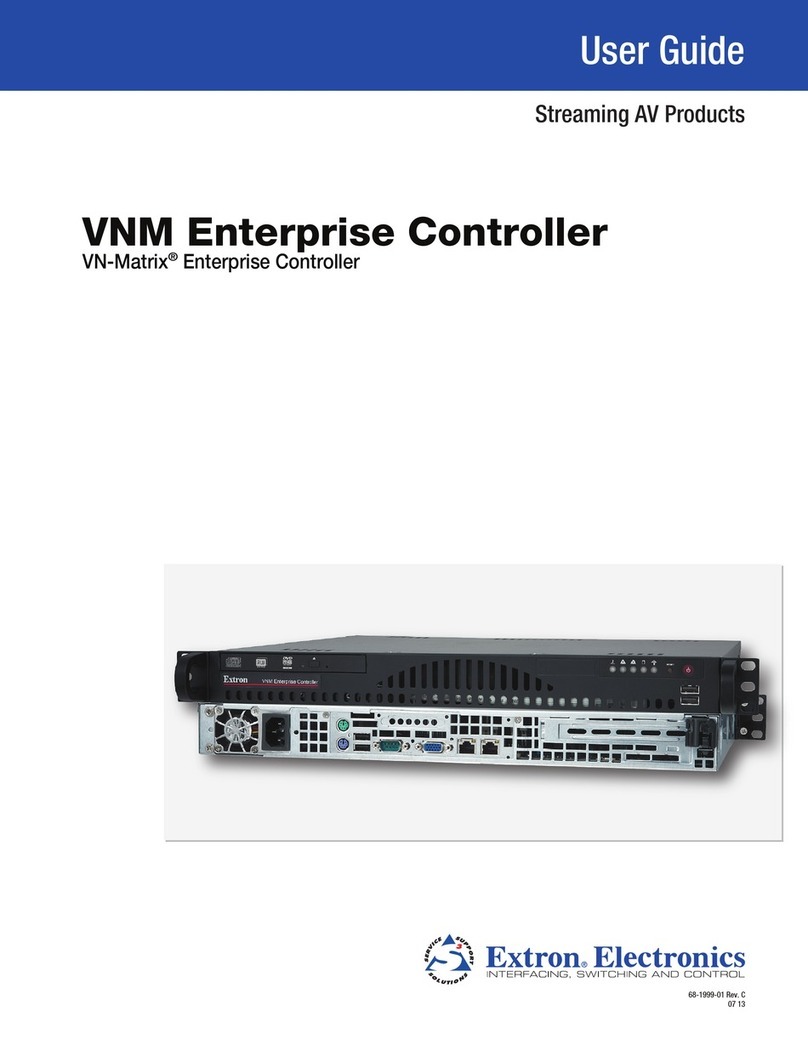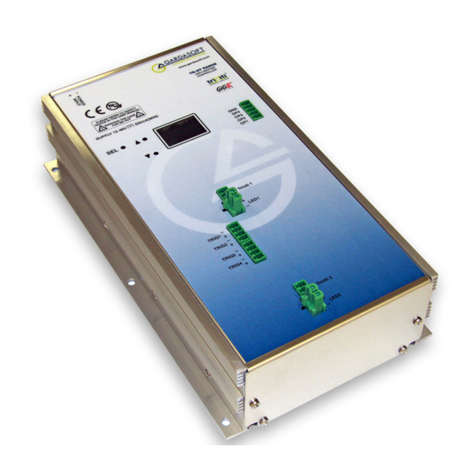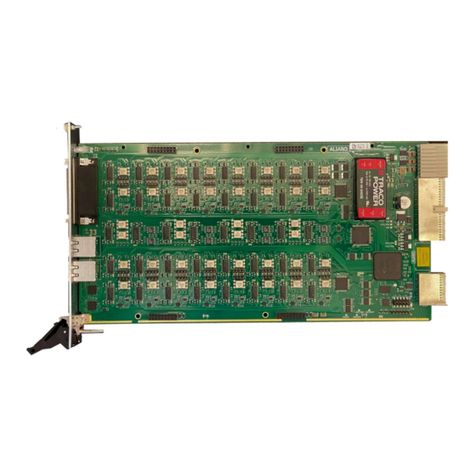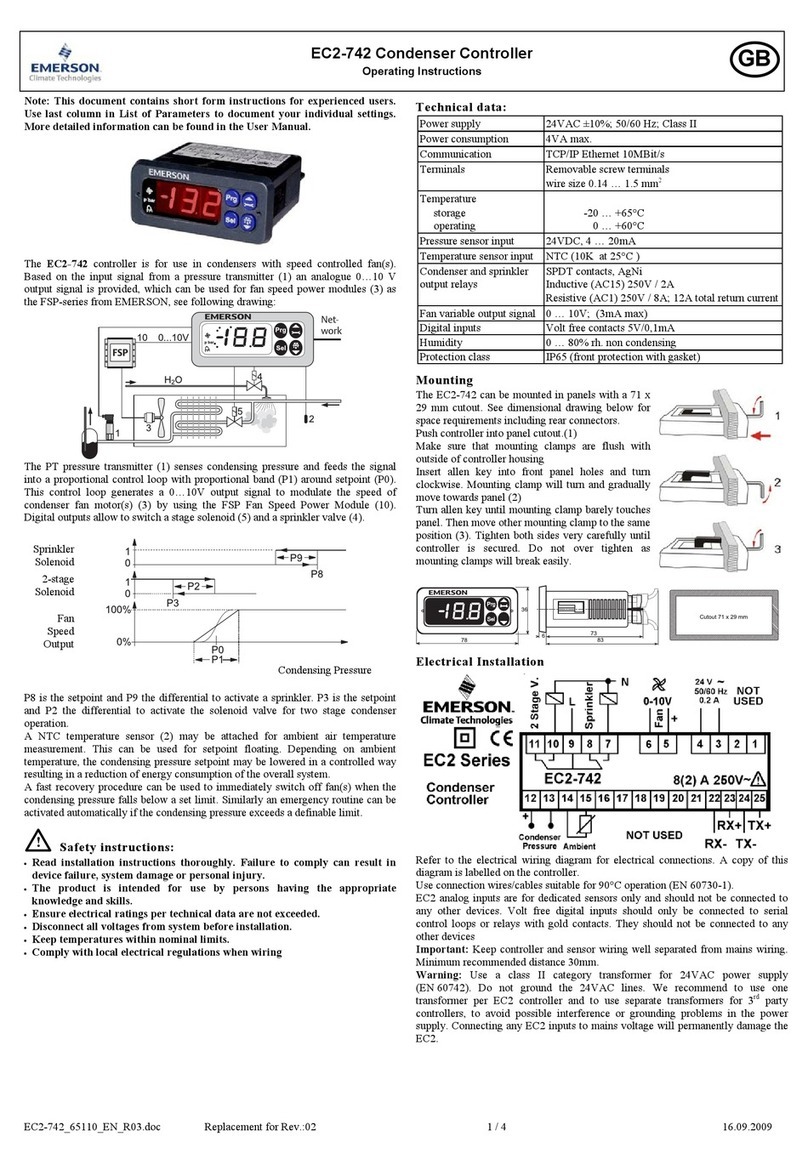
i
Installation, Operation and Maintenance Manual
VCIOM-15345-EN Rev. 1
Table of Contents
February 2022
Table of Contents
Table of Contents
Section 1: Introduction
1.1 Scope............................................................................................................ 1
1.2 General Information...................................................................................... 1
1.3 Safety Information ........................................................................................ 3
1.4 Abbreviation Denitions ............................................................................... 4
Section 2: Installation
2.1 Preparation ................................................................................................... 5
2.2 Valve Preparation.......................................................................................... 6
2.3 Actuator Preparation..................................................................................... 6
2.4 Lifting the Bif EHO Actuator ........................................................................ 7
2.5 Installing the Bif EHO Actuator on the Valve .............................................. 10
2.6 Setting the Stroke Limit Stops ..................................................................... 11
2.7 Hydraulic Fluid ............................................................................................ 12
2.8 Accumulator (Optional) .............................................................................. 13
Section 3: Electrical Connections
3.1 Remove Separate Terminal Chamber (STC) Cover........................................ 18
3.2 Sealing Cable/Conduit Entries ..................................................................... 19
3.3 Recommended Terminal Connections......................................................... 19
3.4 Separate Terminal Chamber (STC) Connections........................................... 20
3.5 Replace Terminal Chamber Cover ................................................................ 20
3.6 External Earth/Ground Connections............................................................ 20
3.7 Discrete Controlled Inputs Connection........................................................ 21
Section 4: Set-up/Start-up Procedure
4.1 Preparation ................................................................................................. 23
4.2 Initial Check of the Unit............................................................................... 24
4.3 Initial Connections ...................................................................................... 24
4.4 Handpump Operation................................................................................. 24
4.5 Hydraulic Test ............................................................................................. 25
4.6 Check Rotation ........................................................................................... 26
4.7 Self-Calibration ........................................................................................... 27
4.8 Limit Switch Adjustment (Optional) ............................................................ 28
4.9 Function Test with Local Controls................................................................ 31
4.10 Other Options............................................................................................. 32
Section 5: Communication Protocols
5.1 Modbus RTU ............................................................................................... 33
5.2 HART .......................................................................................................... 35
5.3 FOUNDATION™ Fieldbus............................................................................. 36




















